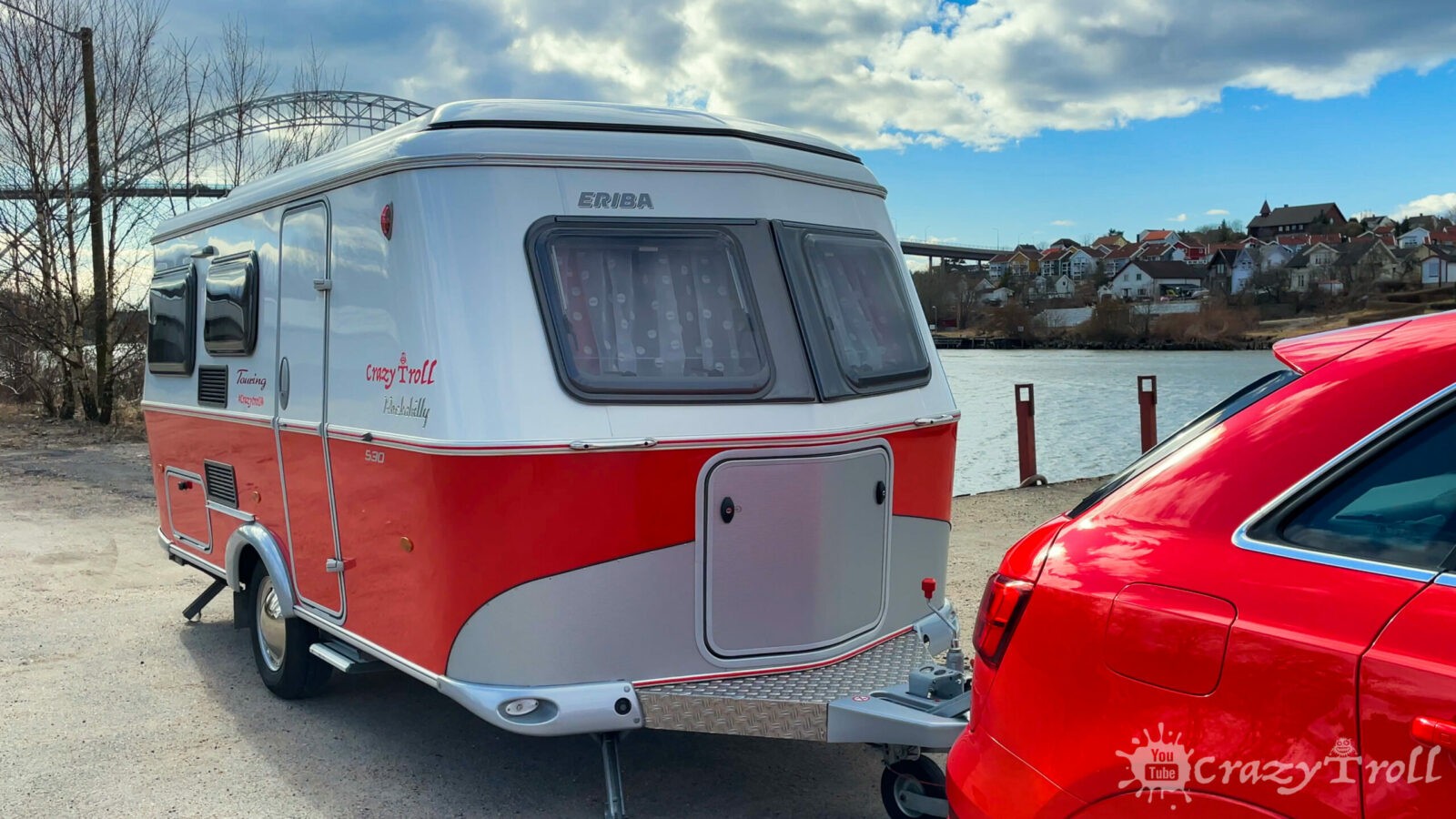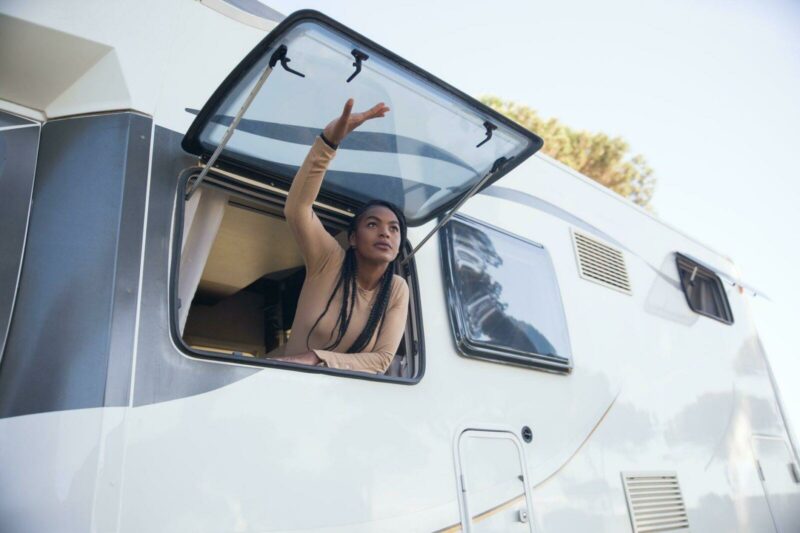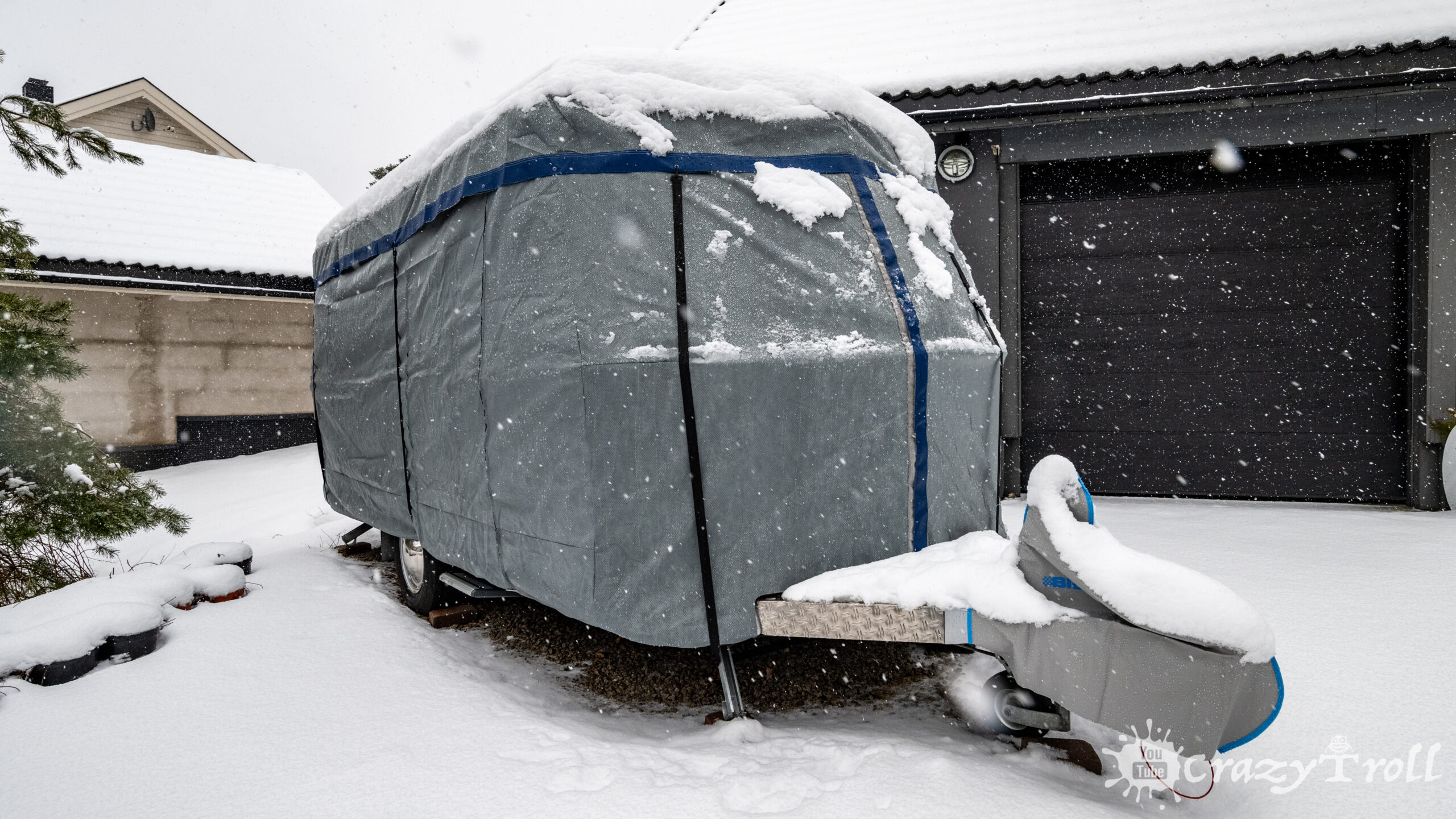MRO (Mass in Running Order) and MTPLM (Maximum Technically Permissible Laden Mass) are two key terms for caravan owners, defining the caravan’s weight limits. These labels are typically found on a panel on the side of the caravan or in the owner’s manual.
| Term | Definition |
|---|---|
| MRO | The unladen weight of the caravan as delivered by the manufacturer. |
| MTPLM | The maximum weight the caravan can safely carry when fully loaded, including the MRO weight. |
Understanding MRO and MTPLM
- MRO: This weight represents the caravan as it comes from the manufacturer, without additional loads.
- MTPLM: This is the maximum allowable weight, including the MRO, that the caravan can carry when loaded.

Tip: You can find MRO and MTPLM labels on a panel—usually on the side of the caravan—or in the handbook.
For those interested in loading additional gear on caravans, such as a kayak, knowing your MRO and MTPLM is essential to maintain balance and safety. Find out more on the possibilities of transporting a kayak on a camper.
Additional Caravan Weight Terms
For a deeper understanding of caravan weights, here are additional terms commonly used in the industry:
- Ex Works Weight: The caravan’s weight as it leaves the manufacturer. Similar to MRO, with a possible variance of 3-5% due to manufacturing differences.
- MIRO: Sometimes used interchangeably with MRO; MIRO stands for Mass in Running Order but includes a possible difference in terminology.
- Essential Habitation Equipment Payload: The weight of essential equipment required for living in the caravan, such as a water heater, gas heater, batteries, and gas cylinders. This category includes RV essentials and amenities, like cassette toilets, which contribute to the overall habitation weight. See our guide on RV cassette toilets and how they perform.
- Optional Equipment Payload: This includes any non-standard add-ons or upgrades, like air conditioning or enhanced interiors, which add to the caravan’s weight.
- User Payload: Calculated as the difference between MTPLM and MRO, representing the weight the owner adds, such as supplies or personal equipment.
- Personal Effects Payload (PEP): Calculated with the formula
PEP = 10L + 10N = 50kg, where L is the caravan length, and N is the number of berths. For instance, a 5.5-meter, 5-berth caravan would have a PEP of 155kg. - Kerb Weight: Refers only to the vehicle’s weight excluding the caravan.
- Nose Weight: The weight at the front (or “nose”) of the caravan, where it connects to the towing vehicle.
Frequently Used and Key Caravan Weight Terms
Despite the abundance of weight classifications, only MRO and MTPLM labels are commonly displayed on caravans.
Key Takeaways
- MRO: The caravan’s unladen weight as delivered.
- MTPLM: The maximum weight your caravan can safely carry, including MRO and additional items.
Related Content
For further information on caravans and their accessories, visit our pages on RV Equipment & Essentials.








